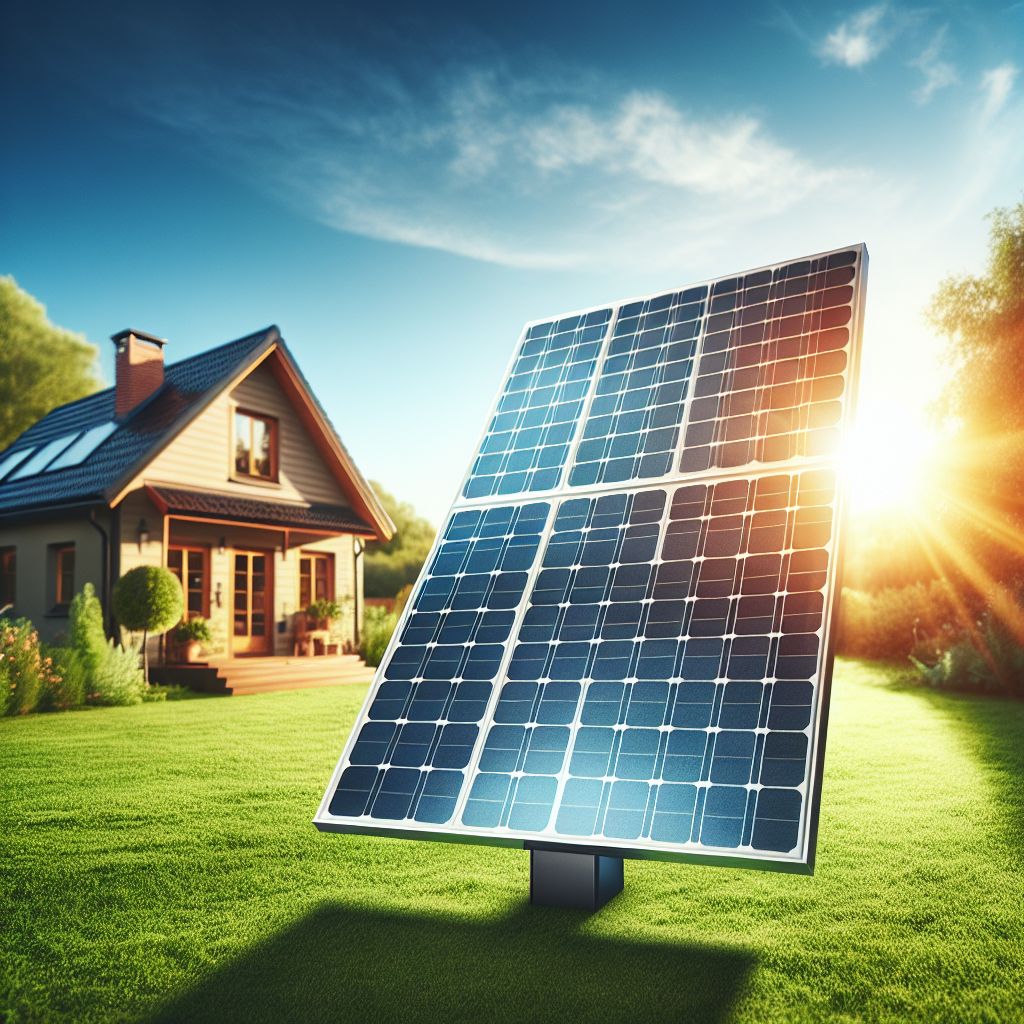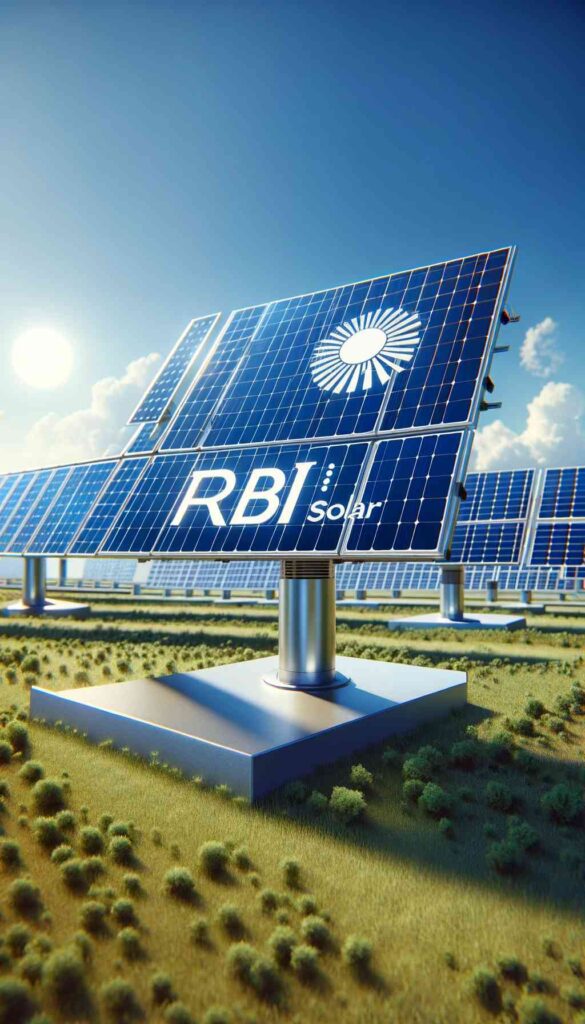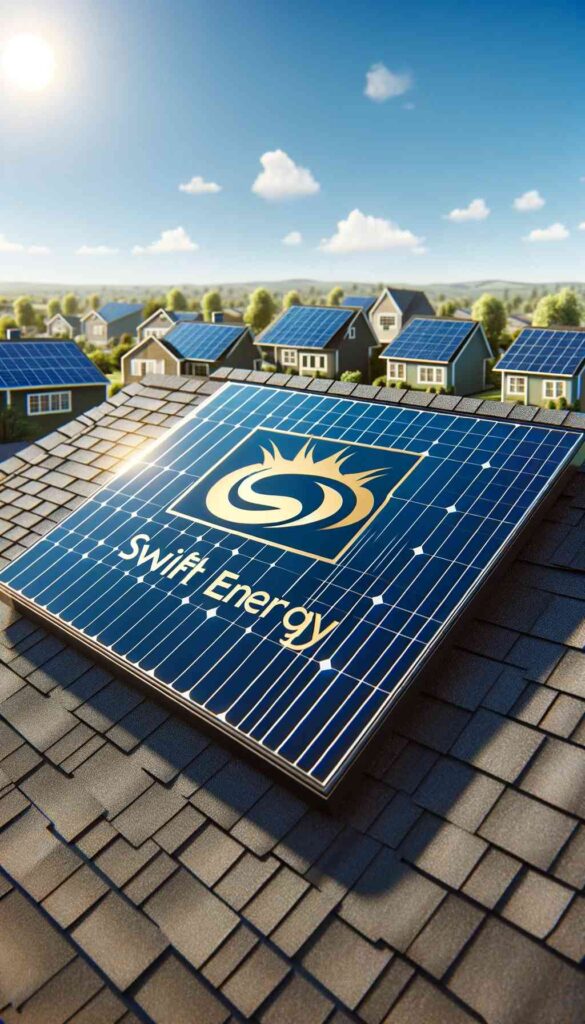
Key Takeaways
- Solar panel systems are not actually free, but can be obtained with no upfront cost through leases or PPAs.
- $0-down solar loans can help you go solar without initial investment and may offer better long-term savings than leases or PPAs.
- Federal, state, and local incentives can significantly reduce the cost of solar panel systems.
- DIY solar installations can be a cost-effective option for those with the right skills and knowledge.
- Reducing your energy usage before going solar can lead to smaller, more affordable solar panel systems.
Shedding Light on Free Solar
When you hear the term “free solar panels,” it might sound like a deal too good to be true. And in most cases, it is. Companies that offer “free” solar panels are usually talking about solar leases or power purchase agreements (PPAs), where you don’t pay for the solar panels themselves, but for the electricity they produce. This might seem like a no-brainer, but let’s dive deeper into what these options really mean for your wallet.
Debunking the Myth of “Free” Solar Panels
First off, let’s get one thing straight: solar panels themselves are not free. The materials, manufacturing, and labor to install them all cost money. When a company offers you “free” solar panels, they’re actually giving you the option to use the electricity generated by the panels in exchange for a monthly fee or a contract that outlines payment for the energy produced. This is important to understand because while you may not be paying for the panels upfront, you are still financially committed to the solar company.
Understanding Solar Leases and Power Purchase Agreements (PPAs)
So, what’s the difference between a solar lease and a PPA? With a solar lease, you agree to pay a fixed monthly rent for the solar panels installed on your roof. This amount is usually lower than your current electricity bill, which is why it can be appealing. On the other hand, a PPA means you pay for the power the panels produce, not the panels themselves. This could be a variable cost, depending on how much energy you use. In both cases, the solar company owns the panels, and they are responsible for maintenance and repairs.

Cost-Effective Solar Solutions
Financing Solar Panels with $0 Down
Now, let’s talk about how you can embrace solar energy without the burden of a large upfront investment. There are solar loans available that require $0 down. This means you can finance the entire cost of your solar panel system over time, often with a low interest rate. The beauty of this option is that once you’ve paid off the loan, the solar panels are yours, and you can benefit from the free electricity they generate for the remainder of their lifespan.
Let’s break down this option:
- You get a loan for the total cost of the solar panel system.
- You pay back the loan over time, often with a monthly payment that is less than your current energy bill.
- Once the loan is paid off, you own the solar panels and enjoy free electricity.
Exploring Community Solar Programs
If owning solar panels is not feasible for you, community solar might be the answer. This is where you can subscribe to a portion of a large solar farm and receive credits on your electric bill for the energy produced by your share. It’s a fantastic way to support renewable energy and save money on your electricity, without having to install anything on your property.
Community solar works well for renters, those with shaded roofs, or anyone who can’t or doesn’t want to install panels on their roof. It’s a collective effort that can make a big difference.
Assessing If DIY Solar Is Right for You
For the hands-on individuals, DIY solar installations might be a tempting project. But before you start, assess your skills and understanding of electrical systems. You’ll need to be comfortable working with power tools, climbing on your roof, and have a basic knowledge of electrical wiring. If you tick all these boxes, DIY solar can save you a significant amount of money on installation costs.
Steps to Building Your Own Solar Panels
Building your own solar panels involves sourcing the solar cells, constructing a panel to hold them, wiring everything together, and ensuring you have a safe and functional system. Here’s a simplified process:
- Buy solar cells – these can be found online or from local suppliers.
- 2Construct a panel frame to house the cells – this requires some woodworking or metalworking skills.
- Wire the cells together – you’ll need to understand series and parallel connections.
- Install and connect the inverter – this is crucial for converting the solar energy into usable electricity for your home.
- Ensure proper safety measures – including grounding the system and using the correct electrical components.
Energy Efficiency First
Before you consider installing solar panels, it’s wise to reduce your energy consumption. The less energy you use, the fewer panels you’ll need, which means a smaller investment. Start by conducting an energy audit to identify where you can make improvements, and then take steps like upgrading to LED lighting, sealing drafts, and using energy-efficient appliances.
How Reducing Energy Usage Lowers Solar Costs
When you lower your energy usage, you’re not just saving on your current utility bills; you’re also shrinking the size of the solar panel system you need. This reduction can lead to thousands of dollars saved on the total cost of your solar setup. It’s a simple equation: Less energy used equals smaller solar system equals less money spent.
For example, if you typically use 1,000 kWh per month and reduce this by 20% through efficiency measures, you’ve effectively removed the need for an additional 200 kWh of solar energy production. This could mean one less solar panel, and in the solar world, every panel not purchased is money saved.
Home Improvements That Maximize Solar Investments
Beyond energy efficiency, consider making home improvements that can further maximize your solar investment. Adding insulation, installing energy-efficient windows, and using smart thermostats can all lead to a more energy-efficient home. These improvements not only reduce your energy bills but also allow for a smaller and more cost-effective solar panel system.
Most importantly, these improvements can have a synergistic effect with your solar panels. For instance, better insulation means less heat loss in the winter and less heat gain in the summer, which in turn reduces the workload on your heating and cooling systems—systems that, if powered by solar energy, will now require less energy from your panels.

Choosing the Right Solar Panels on a Budget
Finding the right solar panels is essential, especially when working within a budget. Look for panels that strike a balance between cost and efficiency. Typically, monocrystalline panels are more efficient but also more expensive, while polycrystalline panels are less efficient but more affordable.
When selecting solar panels, consider the following:
- The panel’s efficiency rating – higher efficiency means more power output from a smaller area.
- Warranty and lifespan – a longer warranty can indicate a more reliable, longer-lasting panel.
- Cost per watt – compare the price of the panel to its power output to determine the value.
Solar Panel Efficiency vs. Cost
Remember, the most efficient solar panel isn’t always the best choice for every situation. If you have plenty of roof space, you might opt for less efficient, cheaper panels and simply install more of them. However, if space is limited or you want to minimize the visual impact of the panels, investing in higher-efficiency panels might be the better route, despite the higher initial cost.
For example, let’s say you have the choice between a high-efficiency panel that costs $1 per watt and a lower-efficiency panel that costs $0.70 per watt. If space isn’t an issue, the lower cost per watt could save you money upfront without significantly affecting your system’s overall energy production.
Where to Find Affordable Solar Panels
Finding affordable solar panels might take a bit of research, but there are several avenues to explore:
- Local solar installers may have deals or discounts on bulk purchases.
- Online retailers often provide competitive pricing and a wide selection.
- Government and utility auctions sometimes sell off older models at reduced prices.
- Refurbished or second-hand panels can be a cost-effective option, as long as you verify their condition and efficiency.
Remember to compare not just the price but also the performance and warranty of the panels. Sometimes a slightly higher upfront cost can lead to better long-term savings due to higher efficiency and reliability.
Maximizing the Value of Your Solar Investment
Investing in solar energy is not just about the initial costs; it’s about the long-term value. To maximize this value, it’s essential to understand the payback periods, return on investment, and the importance of maintenance and upkeep.
Let’s look at how to ensure your investment pays off over time.
Understanding Payback Periods and Return on Investment
The payback period is the time it takes for your solar panel system to pay for itself through energy savings. After this period, you’re essentially getting free electricity. To calculate your payback period, you’ll need to consider the total cost of the system, the amount of electricity it produces, and the rate you pay for electricity.
For example, if your solar panel system costs $10,000 and you save $1,000 a year on electricity, your payback period would be 10 years. After that, you’re pocketing those savings every year.
Understanding the return on investment (ROI) for solar panels is similar to assessing any other investment. You’re looking for a positive ROI, which means the value of the electricity generated over the life of the system exceeds the cost of the system itself.
Maintenance and Upkeep to Ensure Long-term Savings
Maintaining your solar panel system is key to ensuring it operates efficiently for many years. Fortunately, solar panels require relatively little maintenance. Regularly cleaning the panels and ensuring they’re free of debris can go a long way. Also, have a professional inspect your system every few years to check for any potential issues.
Consider this: Dust, leaves, or snow can reduce the efficiency of your panels by up to 25%. By keeping them clean, you’re making sure you’re getting the most out of your investment.
In conclusion, while the concept of free solar panels is more myth than reality, there are numerous ways to reduce the cost of going solar. By understanding your financing options, taking advantage of government incentives, improving your home’s energy efficiency, and maintaining your solar system, you can enjoy the benefits of solar energy without breaking the bank.

FAQ
Can I really get solar panels installed for no upfront cost?
Yes, you can. Companies offer solar leases and PPAs that require no upfront payment. However, keep in mind that you will pay monthly for the energy produced, and you won’t own the panels. Alternatively, you can opt for a $0-down solar loan, which allows you to finance the entire cost of the solar system and eventually own it outright.
What are the long-term benefits of investing in solar energy?
The long-term benefits of solar energy are substantial. Not only can you significantly reduce or even eliminate your electricity bills, but you also contribute to a cleaner environment by reducing your carbon footprint. Solar panels can also increase the value of your property and provide you with a reliable source of energy for decades.
Another benefit is energy independence. With solar panels, you’re less reliant on the grid and not as affected by electricity rate increases. Plus, if you produce more energy than you use, you may be able to sell it back to the grid through net metering, depending on your location.
How do community solar programs work?
Community solar programs allow multiple people to benefit from a single, large solar farm. Here’s how it typically works:
- Subscribe to a share of a solar farm located in your area.
- Receive credits on your electricity bill for your share of the power produced.
- Enjoy the benefits of solar power without installing panels on your property.
This is an excellent option for those who rent, live in apartments, or have homes that are not suitable for solar panels.
Are DIY solar panel installations safe and effective?
DIY solar panel installations can be safe and effective if done correctly. However, they require a good understanding of electrical systems and proper safety measures. It’s crucial to follow local codes and regulations and, if in doubt, consult with a professional. While DIY can save you on installation costs, it’s not for everyone. Carefully assess your skills and the complexity of the project before deciding to go the DIY route.
How can I estimate the potential savings from installing solar?
To estimate potential savings from installing solar, you’ll need to consider several factors, including the cost of the solar system, the amount of electricity it will produce, and the price you currently pay for electricity. Online solar calculators can help you estimate these savings by taking into account your location, energy usage, and the size of the solar system you’re considering.
Keep in mind that solar savings also depend on available incentives and the financing method you choose. Be sure to factor in any federal, state, or local incentives that may apply, as well as the terms of any loans or leases you’re considering.


